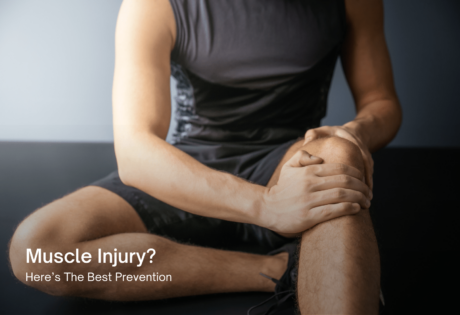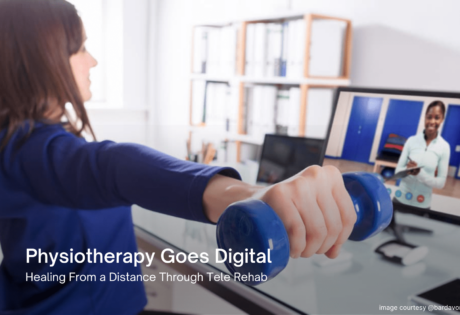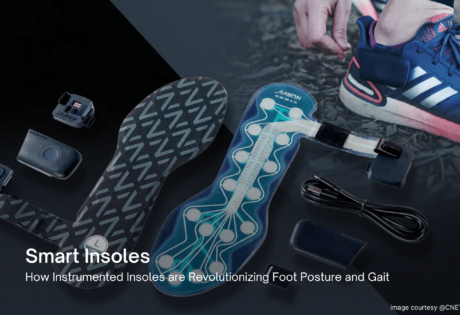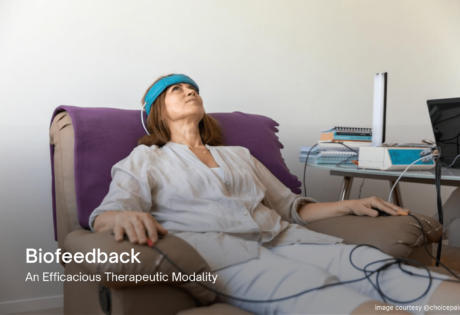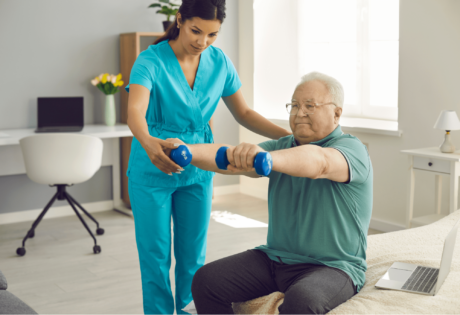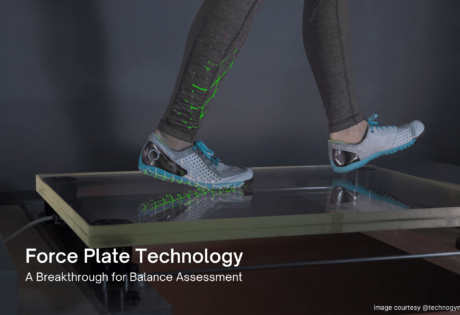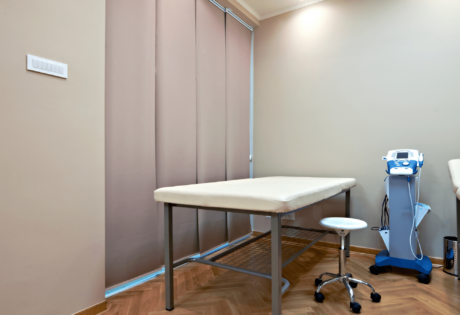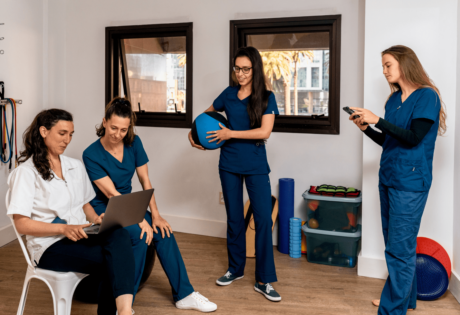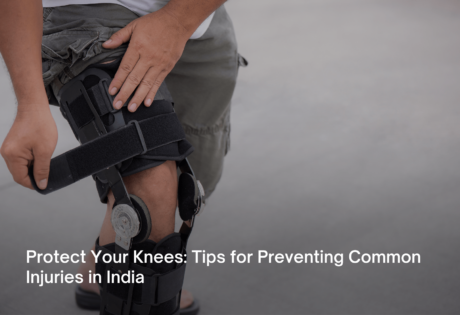 17May
17May
Protect Your Knees: Tips for Preventing Common Injuries in India
Knee injuries can be debilitating and significantly impact the quality of life for individuals. They are common among people who are physically active, including athletes, and can occur due to overuse or traumatic incidents. According to a study published in the Indian Journal of Orthopaedics, knee injuries are prevalent among Indian athletes, with over 50% of them experiencing a knee injury during their career. Therefore, it is essential for individuals, especially athletes, to understand how to prevent knee injuries. In this article, we will discuss some of the most common …
